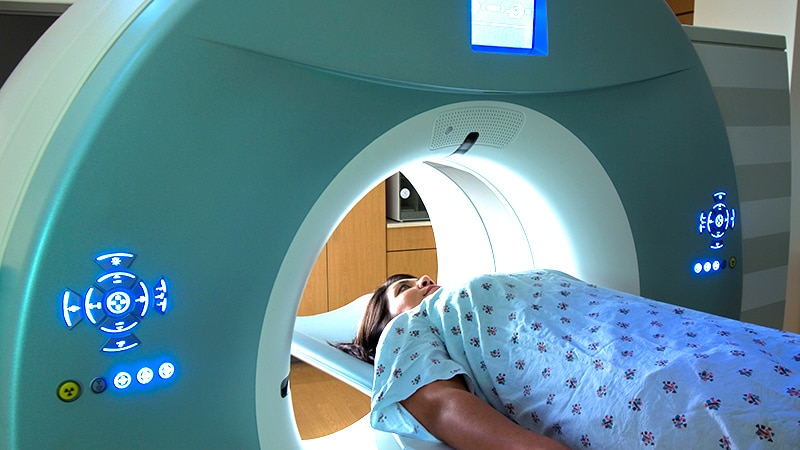In men aged 60 years and older, platelet counts at the upper end of normal may suggest underlying malignancy, and referral for further investigation should be considered, say the authors of a new study published in the British Journal of General Practice.
The prospective cohort study used data from the Clinical Practice Research Datalink and National Cancer Registration and Analysis Service, dating from 1 May 2005 to 30 April 2014.
One-year cancer incidence was estimated for 295,312 patients with normal platelet counts (150-400×109/L). Patients with platelet counts >325×109/L were oversampled to maximise accuracy. All patients were aged ≥40 years with no prior cancer diagnoses. Non-melanoma skin cancers were omitted.
The study found that one-year cancer incidence increased greatly with age, male sex and higher platelet count.
Males aged ≥60 years with a high-normal count had an incidence of 4.2 per cent (95% CI, 4.0%-4.4%).
The highest incidence (6.7%; 95% CI 5.3%-8.4%) was found in males aged ≥80 years who had platelets in the range of 376-400×109/L. This was 3.1 percentage points higher than the incidence for patients in the same age group with lower-normal counts of 150-325×109/L.
Risks for all female subgroups were less than 3 per cent.
Patients with high-normal platelet counts were most at risk of lung and colorectal cancers and, in general, had advanced-stage cancer at diagnosis.
The authors concluded that platelet counts at the high-normal range in males aged ≥60 years may be indicative of an underlying malignancy, and referral for further investigation should be considered.



